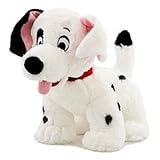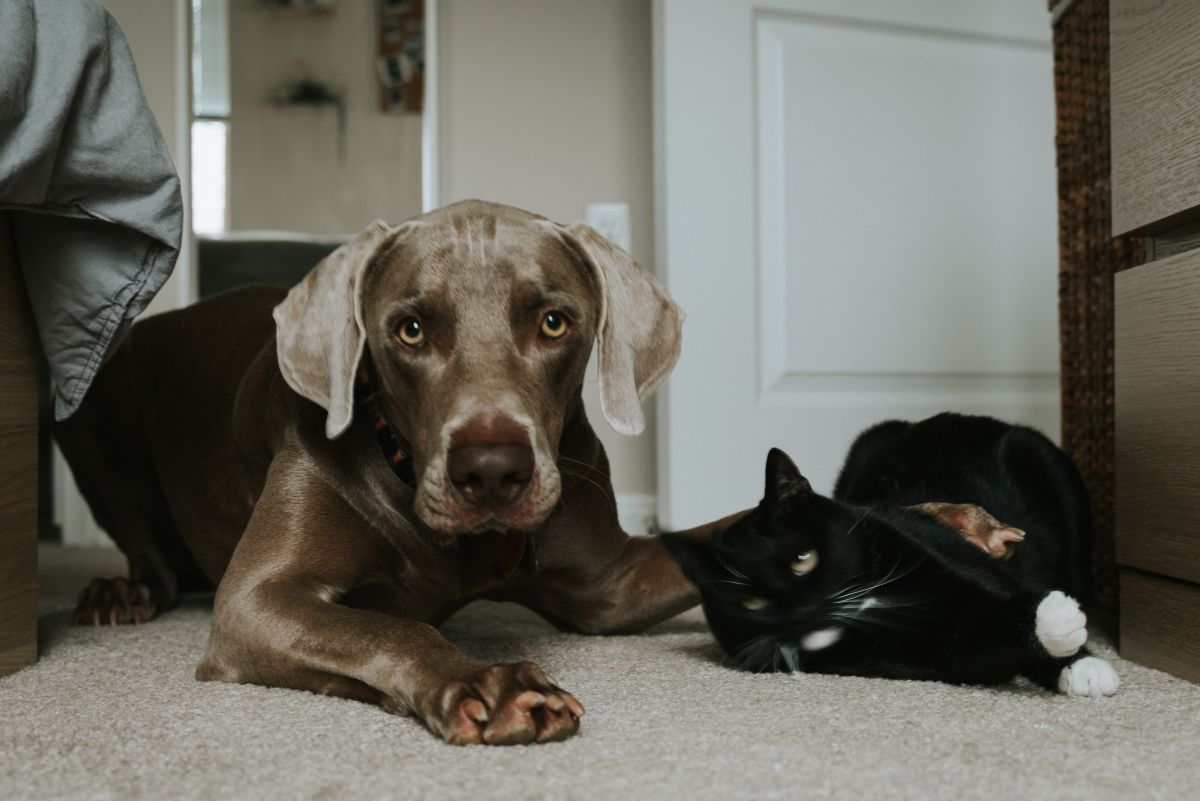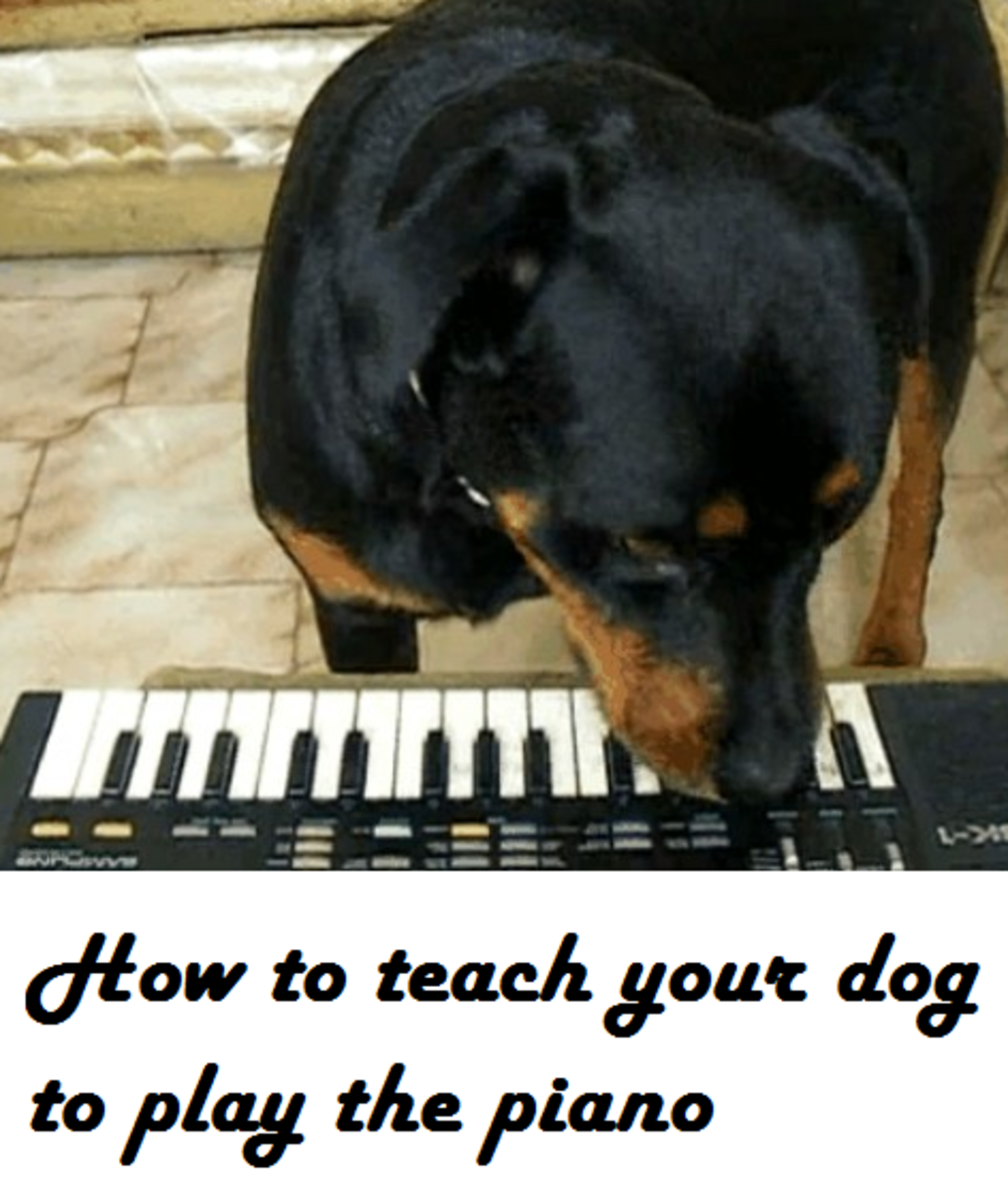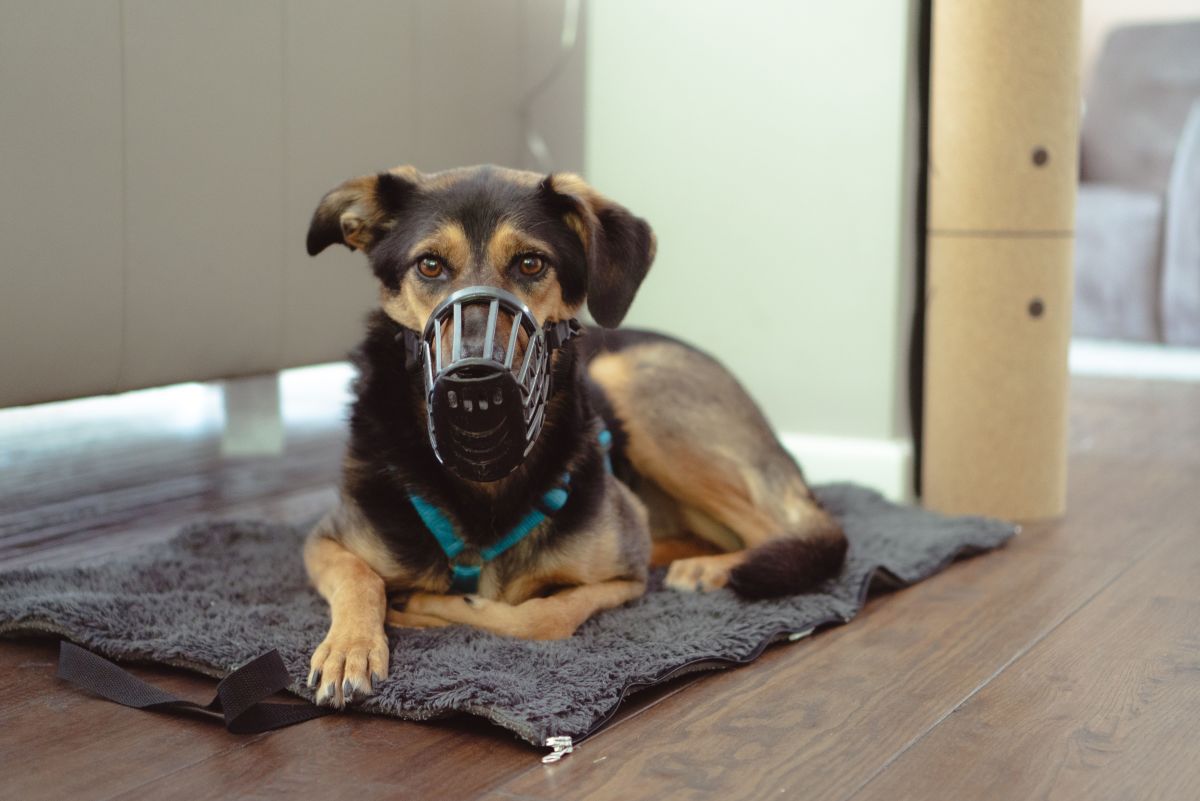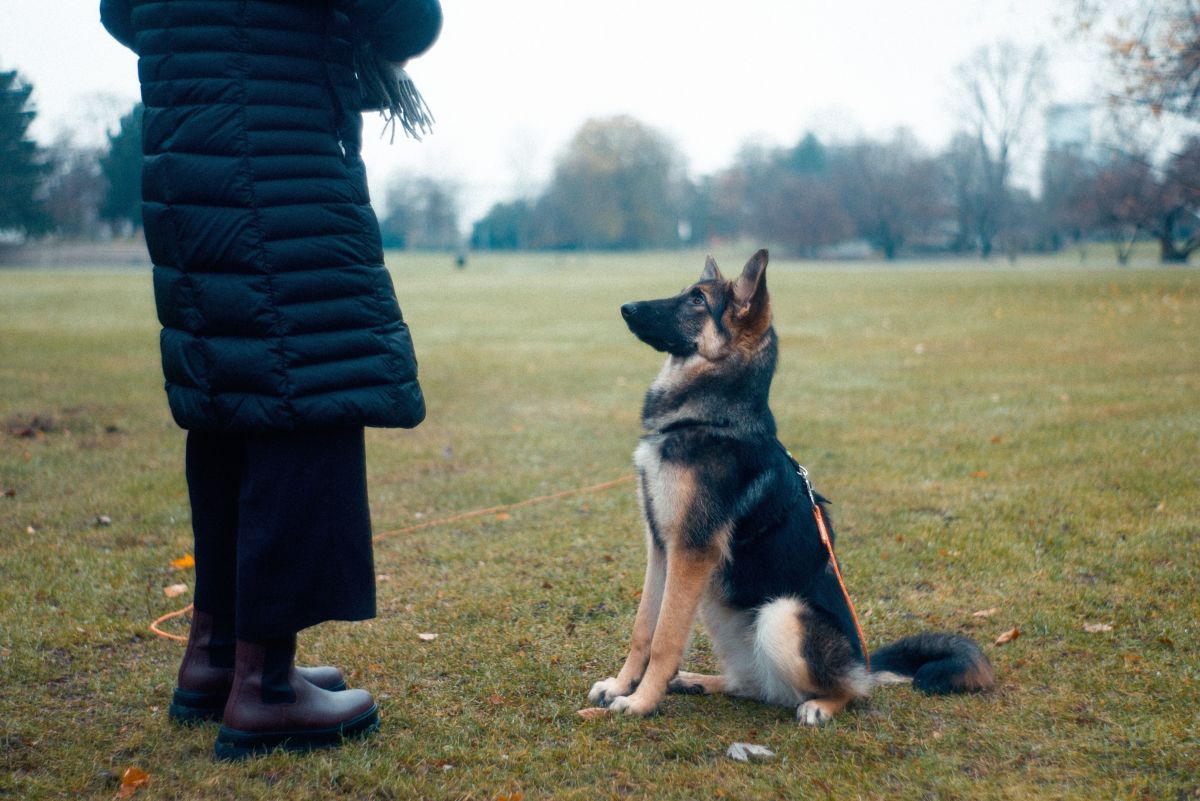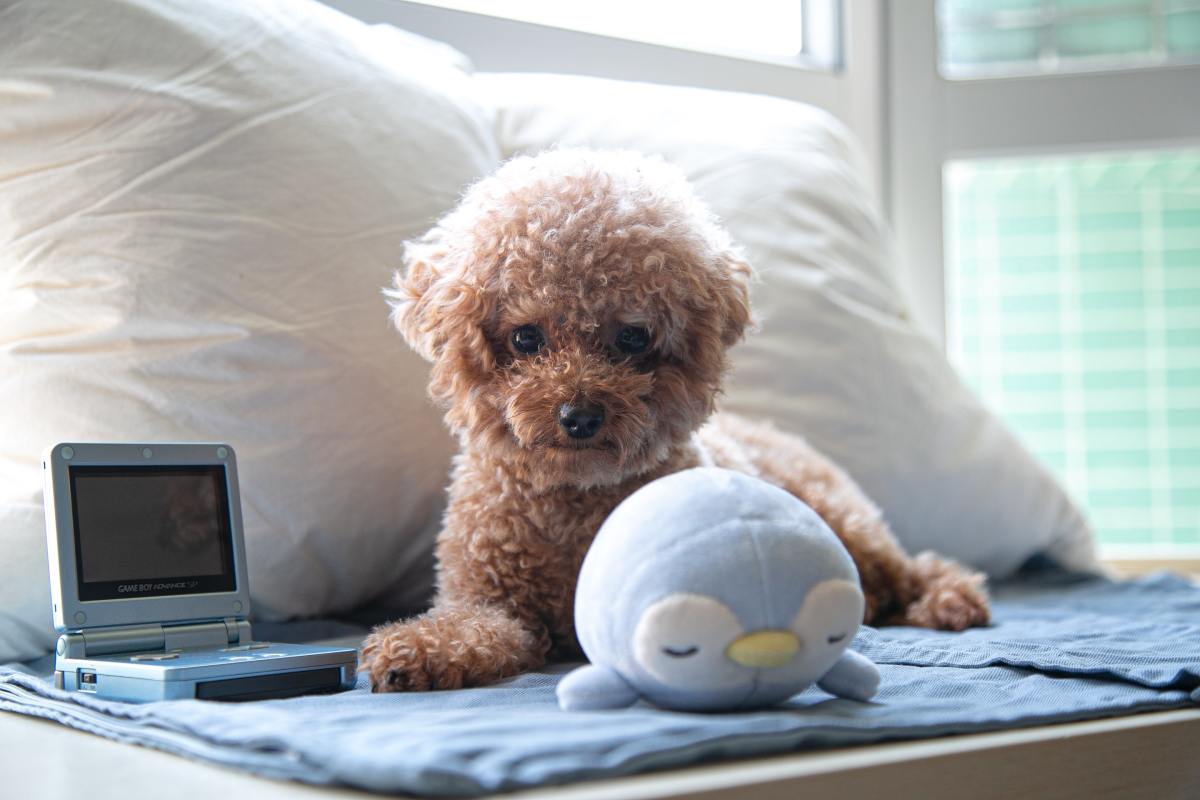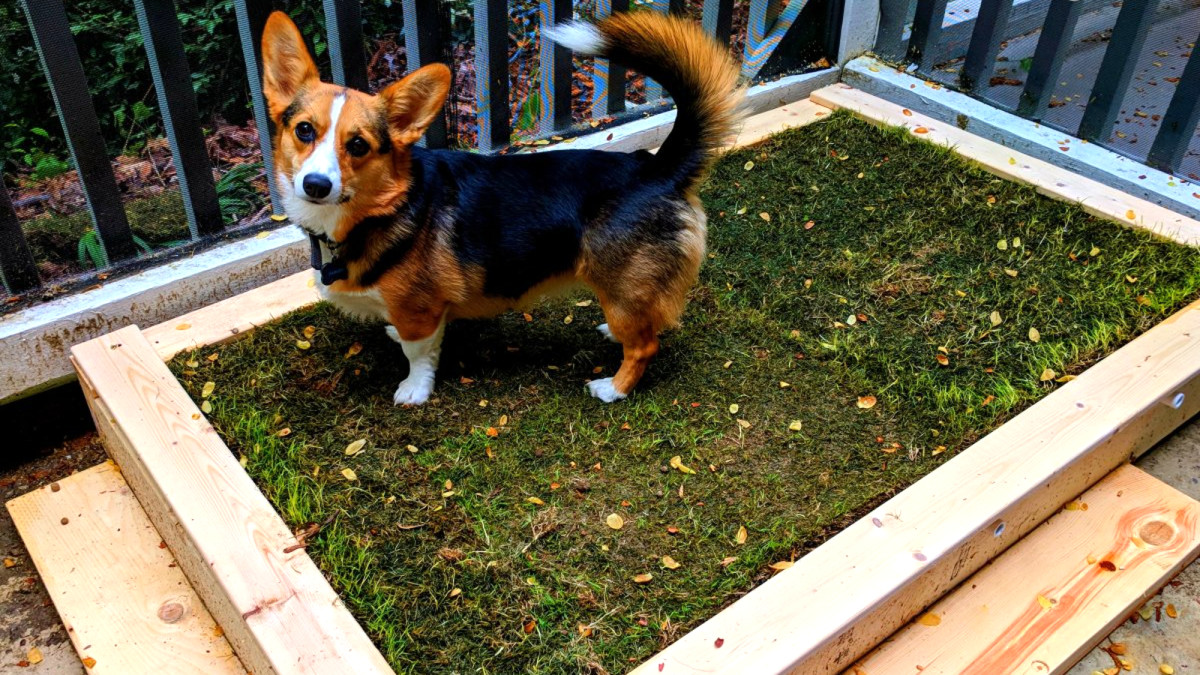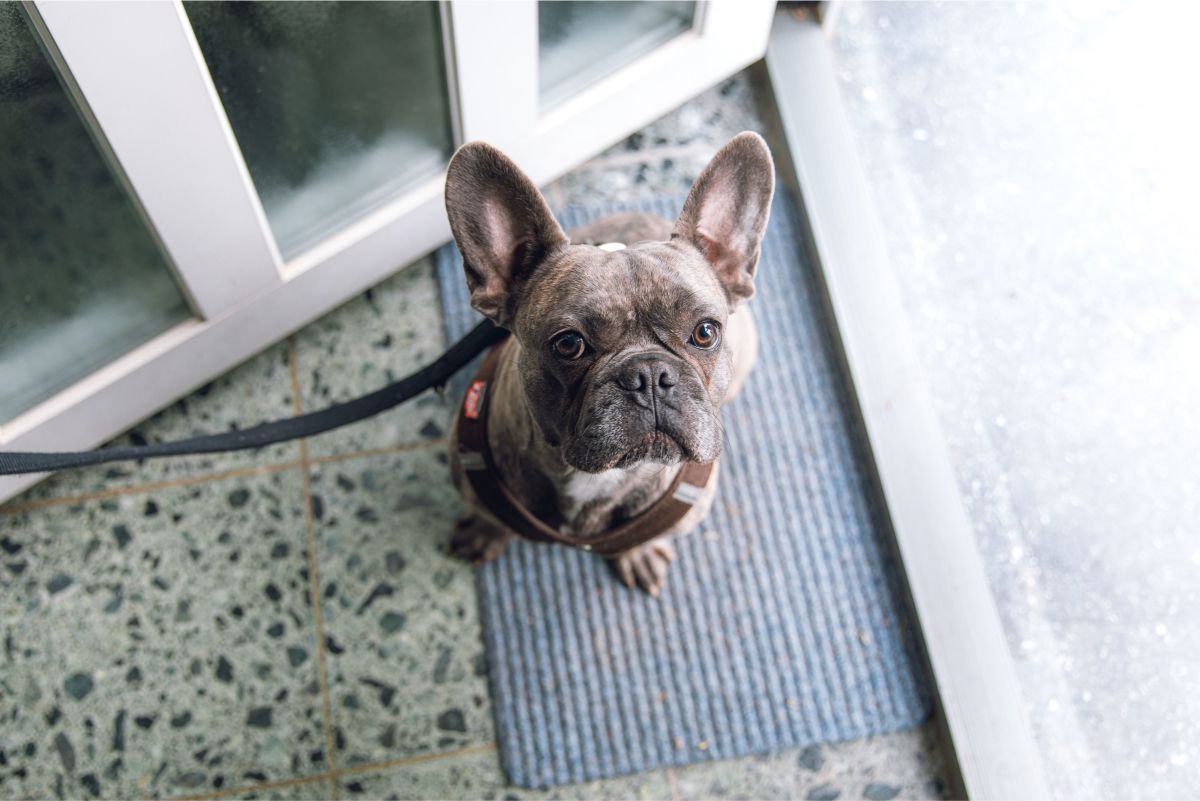How to Train your Dalmatian
Do you own a Dalmatian? I do and If you also do, you know that Dalmatians are adorable and sweet but extremely energetic. They need constant exercise, someone to play along with them. They are usually nice to children but if the family does not practice a daily exercise with them, it can become too much to handle.
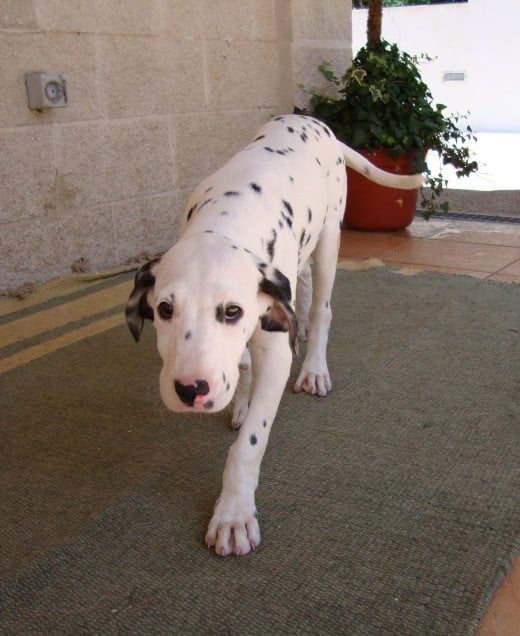
What is a Dalmatian?
Are you curious about Dalmatians? Go ahead and ask a Dalmatian owner. You will get a lot of definitions, all of them with something in common but all really different. Why does that happen? Dalmatians are unique. Which are the motives to makes us chose this breed?
- They are sweet and gentle
- They are agiles and discerning
- They are good to children
- They can be extremely good for outside activities, for instance, running, playing ball
- They are loyal to their owner, always demanding attention but never letting their owners down
- They don't trust any person who comes around. They seem to choose their friends in a better way then the owners themselves.
- Dalmatians are playful and fun loving companions.
The list could go on and on. Dalmatians are magnificent and became a popular breed among society. Dalmatians are friendly, loving and devoted to their human families.
All The Same But Different
Whenever we think of Dalmatians we find them all the same right? Of course they aren't. They may be all white with black spots (some even with dark brown spots) of average size, weighting around 45-65 pounds and heightening 19 a 24 inches, although this can't be generalized. They all have common characteristics but deep down, they are extremely different from each other.
If we look closely we will realize Dalmatians differ from each other as much as humans. For instance, if we visit Italy, Russia, Brazil or China, this breed will turn out to be surprisingly different from what we believed until then due to the very different environment around them.
Despite the common traits of this breed, dalmatians can differ in their personality as well as their appearance. They can own more spots, or less spots, with spots more concentrated in certain parts of their body, with a total black or white ear. They have common personality traits: Almost every single dalmatian is curious. Dalmatians always let their curiosity get the best of them. One of their most innate qualities is the need to investigate.
Training your Dalmatian
For a long time dog training was literally in the dark ages. They practiced techniques that would cause suffer to the animals. Trainers used choke collars and sharp corrections. Not one dog would like such training. They would all be unhappy. Dalmatians are animals who like to learn, obey and please its owner but they are sensitive, spirited dogs and they did not want to be trained harshly.
Then came the dawn of a new age of dog training that stressed kindness and positive reinforcement. This particular method is very efficient to the happiness of our dog.These new training methods were based on rewarding correct behavior with toys, treats, and lots of praise. Dalmatians adapt really well to this kind of training and love to demonstrate their intelligence, dedication and ability to work hard. Many Dalmatians have become stars in obedience, agility, therapy, and public education, making the owner proud.
These new training techniques, more adapted to the animal's well-being, are based on 2 main methods: Reinforcement training and clicker training.
Reinforcement Training
What is positive reinforcement training? It's quite easy. Wouldn't you like to be offered something that means the world to you, or even money whenever you'd do a good deed or would achieve a purpose? Of course you would, it is always nice to be rewarded for something you do.
Well, the dog ain't any different from us. Clearly they do not care about money but they do care about treats or compliments from their owners. Dogs love to please their owner.
This type of method uses incentives as a way to reward the dog for its good actions. For instance, if you are trying to teach a dog to sit, you can stand there all day and yell "Sit" but if you haven't taught him what the word means it will do no good. With positive reinforcement you will use a toy or a treat, called a motivator, and use it to shape the behavior. You move the treat towards the dog's nose and he will sit in order to get it. If he bounces up to get it you say nothing to correct him but you do not give him the treat. When he does sit, he gets praise and the treat. After repeating this movement over and over, next time you get close with a treat to his nose we will sit. Now you add a word to tell him what he is doing. Say "Sit" just as he sits. Soon he will have the connection between the word and the action.
But pay attention you need to follow some basic guidelines:
- Time is everything. The reward must occur immediately, within seconds, or you risk that your pet may not associate it with the proper action.
- Keep it short. Dogs don't understand big sentences like "Daisy, I want you to be a good girl and sit now" you won't get any result. Use basic commands like, "Sit", "Stay", "Watch me", "Down", "Stand", "Come", "Leave it".
-
Consistency is the key. You should use it always the same commands. Actually, all family must always use the same commands. If you don't do so, your dog may get confused.
Because the reward makes him more likely to repeat the behavior, positive reinforcement is one of your most powerful tools for shaping or changing your dog's behavior.
Clicker Training
Clicker training, or operant conditioning, is based on the training used for dolphins and whales performances. Have you ever seen dolphins trained on a performance or oceanarium or even on TV? They look properly trained, right? Wouldn't it be great if dogs would act the same way? It does not happen easily.
Clicker training, is a simple and effective training method. The clicker makes one noise only when pressed which indicates the dog, he performed an action correctly. For dogs, a clicker is that way used as a signaling device. The dog is first conditioned to the clicker. The handler clicks and then rewards the dog with a food tidbit. This has to happen around 20-30 times for the dog to be able to associate that a clicker means a treat. Then a motivator or lure is used to shape a behavior. When a dog performs correctly he listens to a click and then a prize to strengthen the behavior. If he performs incorrectly there is no correction but there's also no click and no reward. The clicker can be used to "capture" a behavior.
For instance, if you want to teach your dog to be able to sit, you can try to use this method. It is a long process but it works. Each and every time your dog sits, you reward him and perform a click. Every time he sits you repeat the process. He ends up understanding the idea and then you can add the verbal command "Sit".
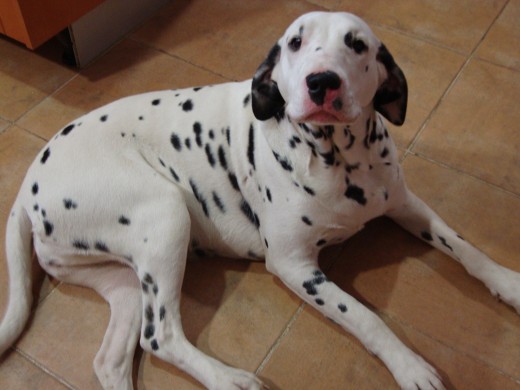
Have fun with your training
The ideal time to start training your dalmatian is when he is a little puppy. Training a puppy is easier than to train an adult dog. Puppies learn very quick.
It's important with all dog training but especially with young puppies to use lots of encouragement, praise and rewards in your training. It's never to soon to start. It's easier to correct your dog's behavior since he is a puppy than latter on when he is an adult and have uncontrollable conducts.
Keep your training sessions short, consistent and always have fun. Don't forget that he is just a puppy, that wants to play. Always remember that you are dealing with a very immature young animal. Be realistic, flexible, patient and always fair during puppy training sessions. Your puppy doesn't just automatically know this stuff. The ideal is shaping your puppy's behavior from start with very easy commands, and continue to build on these successes with repetition. Base your training sessions around trust and mutual respect rather than old school methods based on punishment, avoidance and harsh corrections. In this environment you will find that your puppy loves his training sessions and his confidence will grow with each and every session. Enjoy this fantastic time in your dog's life.
If your Dalmatian is already an adult and in need of training, it's gonna take time so please be patient. Each pet takes its time on learning. Keep betting in the positive reinforcement and NEVER EVER use a prong or pinch collar. It's the worst thing anyone can do to an animal.
Positive reinforcement and clicker training bring plenty of profits. A 15 minutes daily training, can do miracles. It helps the owner to release his daily stress and it helps developing owner-dog relationship. There's only benefits don't you think? Dogs love that their owners dedicate them some time even if it's simply training them some manners and the better trained your dog is, more time you will want to spend with him. This will make both of you way happier.
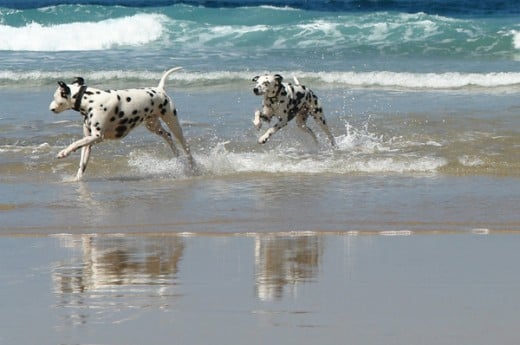
Humane Society
For those who are animal lovers don't forget to follow Humane Society. They always have campaigns to help animals all over the world. We all must help.
Link here

